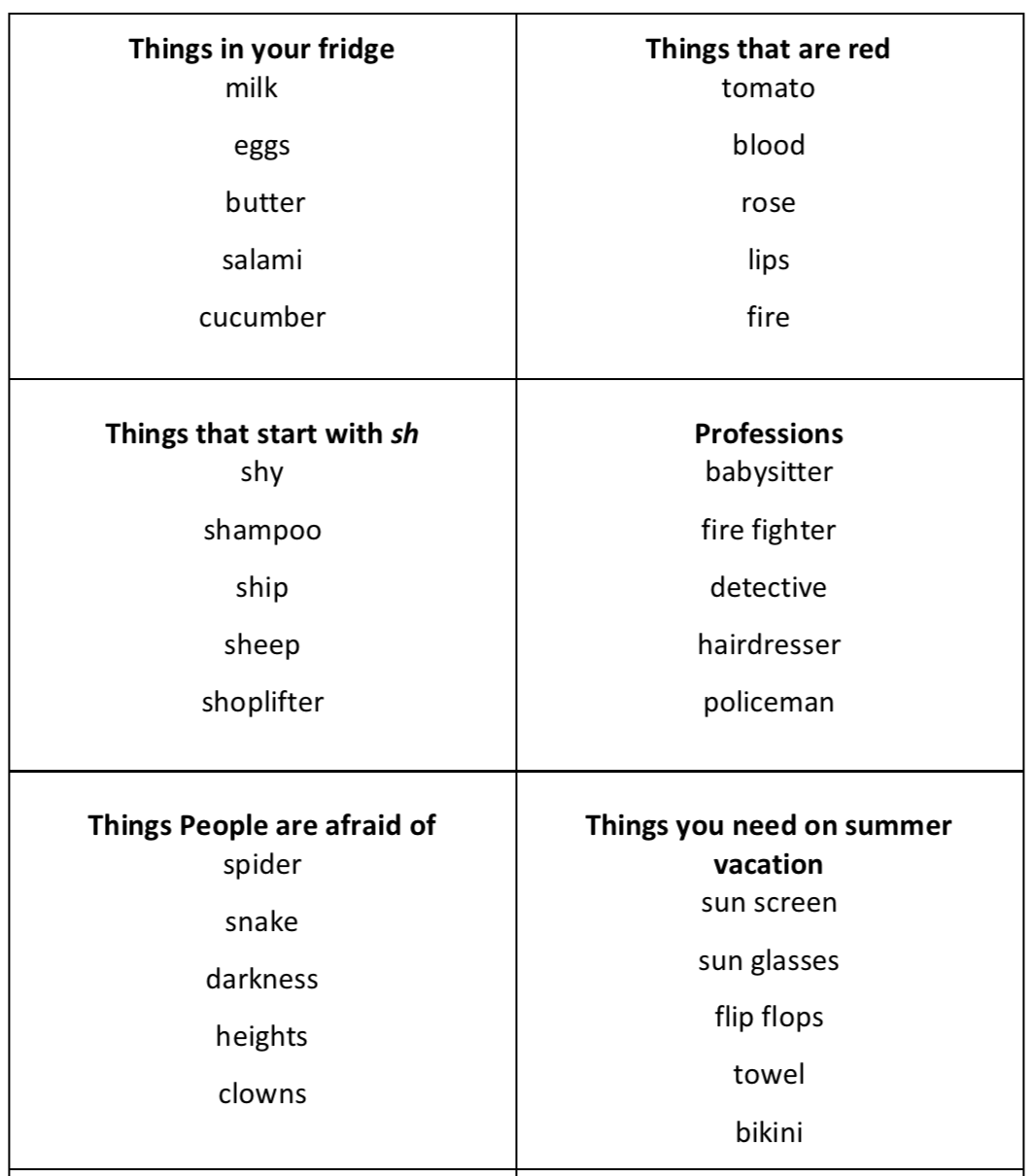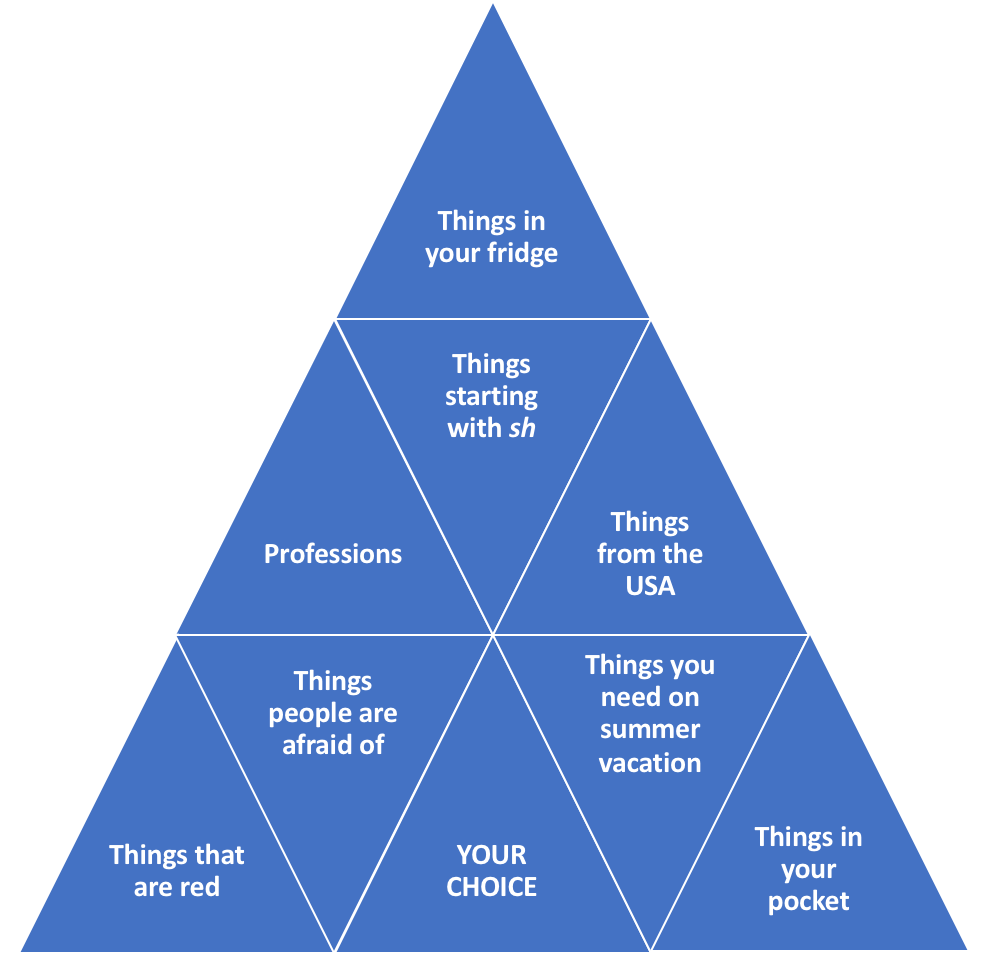Relative clauses
... are subordinate clauses that provide additional information about a noun. They are added to a main clause (noun phrase) but are non-essential parts of a sentence. Relative clauses add meaning, but if they are removed, the sentence will still function grammatically. They cannot stand on their own and are introduced by relative pronouns. There are two main types of relative clauses, defining and non-defining.
Defining (restrictive) relative clause
This type of relative clause is an integral part of the message conveyed by the main clause. The information provided in a defining relative clause is necessary for complete identification of the noun or thing in a specific context. The clause is not separated from the rest of the sentence by commas because, if this type of clause is removed, the noun phrase would either make no sense or would have a different meaning.

The next book that I want to read is The Life List
.
The Life List.
The restrictive clause exemplified above forms part of the description or circumstances of the book being referred to.
Non-defining (non-restrictive) relative clause
The information a non-defining relative clause expresses is presented as seperate and secondary to that in the main clause. It gives us more information about a person or thing that has already been identified or defined. If this type of relative clause is removed from the sentence, we lose some details, but the overall meaning of the sentence remains the same. They are set off from the rest of the sentence with commas.

My uncle, who is an excellent cook, is thinking of opening a restaurant.
"My uncle” is already a clearly defined noun, so the non-restrictive relative clause above simply gives extra information about his competences, rather than defining him.
Shortening relative clauses
Subject pronoun | Object pronoun |
If the verb is placed after the relative pronoun, the relative pronoun is a subject pronoun. - necessary, cannot be omitted E.g I told you about the woman who lives next door. - can be replaced by a participle E.g. I told you about the woman living next door. | If the verb is not placed after the relative pronoun, the relative pronoun is an object pronoun. - can be omitted (only in defining/restrictive relative clauses) E.g. This is the bike (which) I bought yesterday. |
https://www.tutory.de/entdecken/dokument/d46e77e0
a) The woman is in the garden. She is wearing old dirty clothes.
________________________________________________________________________________________________________________
b) Mrs Weber is a maths teacher. Her favorite topic is algebra.
________________________________________________________________________________________________________________
c) The man works in the shop. He lives next door.
________________________________________________________________________________________________________________
d) My bag has red and white stripes. It is quite heavy.
________________________________________________________________________________________________________________
Preperation
To prepare, create a list of categories for which you can come up with 5 examples. For example Things in your fridge (milk, meat, eggs, butter, cucumber) or Professions (babysitter, detective, fire fighter, hair dresser, gardener). Gather those categories in a chart with their examples beneath. Then print out the chart, cut each example and collect the snippets, categorized and folded, in different boxes.
Prepare a slide (Power Point) or a big poster, on which the categories (but not the examples) can be seen from the class. To give meaning to the name of the game you can arrange the categories in the shape of a pyramid.

To Play
Seperate your class into 2 different teams (Team A & Team B). Set up the poster or the slide. Team A starts by choosing the first clue giver, the rest of the team are the guessers. The clue giver chooses a category from the slide or the poster and picks one snippet out of the corresponding box. By using relative clauses, the clue giver has to explain the example on the snippet to his/her teammates, the guessers. If someone of the guessers has an idea of what the clue giver is talking about, they shout out the guess. If the guess is right, the whole team gets one point. If not, they are allowed to get more hints and make 3 more guesses. If Team A has guessed the solution or already made 4 guesses, it’s Team B’s turn. The first team which has 7 points wins.
Have fun!

https://www.tutory.de/entdecken/dokument/d46e77e0


